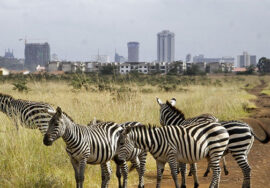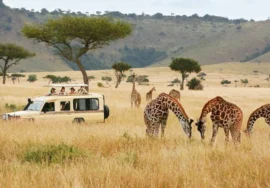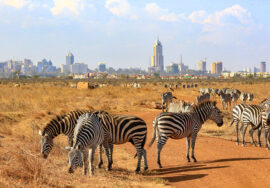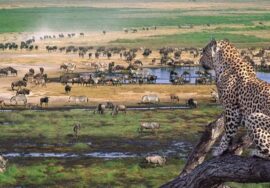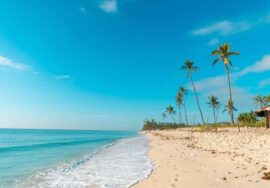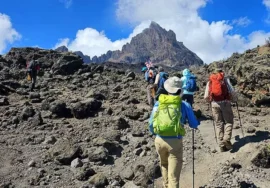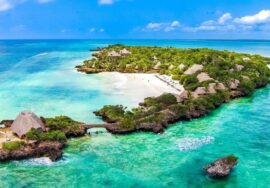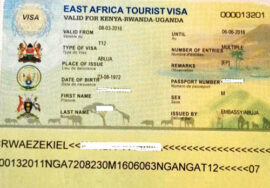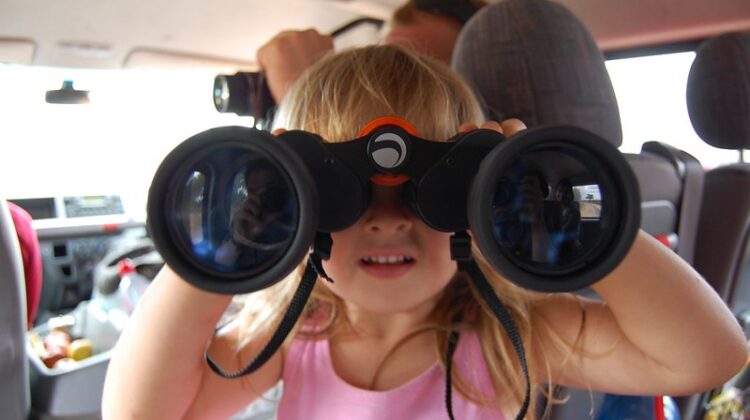
What are the Best Binoculars for Safari?
What are the Best Binoculars for Safari? You’ll get close to wildlife on all African Kenya Safaris, maybe even closer than you thought possible. You may still want to get a better look at that nearby lion or that leopard on the tree branch above. What about the ceiling of birds flying above?
Obviously, the answer is to bring good binoculars with you on your tour in Africa. When you rent one of our 4×4 Land Cruiser Jeeps, you’ll find high-quality Olympus binoculars inside for your use. When you see a black rhino rumbling over the grassland, these will be very helpful.
You might also want to bring your own binoculars on vacation, so let’s talk about some things you should think about when you buy a pair.
What are the best specs for binoculars for safaris?
7 x 32, 8 x 40, and 10 x 50. These terms will be used to talk about binoculars. Seven, eight, or ten times what your eyes can see is the first number. Since that’s why you’re using the binoculars in the first place, you’ll need a good amount of zoom.
However, there may be a range. If the magnification is too high, like 12X, the picture might become blurry, and it might be hard to keep the binoculars fixed.
What does the second number mean? It tells you how big the lens is in millimeters [32, 40, 50]. It lets in more light when the lens is bigger. This is very important when there isn’t much light, like on a night adventure.
As we said before, though, you won’t want your lens to be too big because bigger means heavy. A pair of glasses that you’ll be carrying around all day should weigh no more than 1.5 pounds.
So, a pair of 10×42 binoculars will let in a lot of light and magnify 10 times. These are good for early morning or late evening game drives.
More Important Facts About Binoculars
glass coating: This chemical process keeps the glass of the binoculars clean and free of scratches and dirt when you’re out in nature.
Eye Relief is the space between your eyes and the camera. It’s better for your eyes if this space is bigger. A good range is 12mm to 16mm.
With fog proof, condensation won’t be able to form on the glass and ruin your otherwise perfect picture of the wildebeest charging.
Waterproof—important on the rough safari tracks where you might get wet… There’s also the rain, of course.
The Binoculars’ Prism—this clever invention takes the place of several stacked lenses that were used for magnification before. A prism is better than several pieces of lens glass because it is lighter and sharper.
However, you don’t need to buy binoculars if you don’t want to or if you only plan to use them once during your trip. We’re happy to give you our Olympus binoculars for every day of your trip with Safari Trips to Kenya.
It’s just one of the many things we offer on your custom trip with us.

